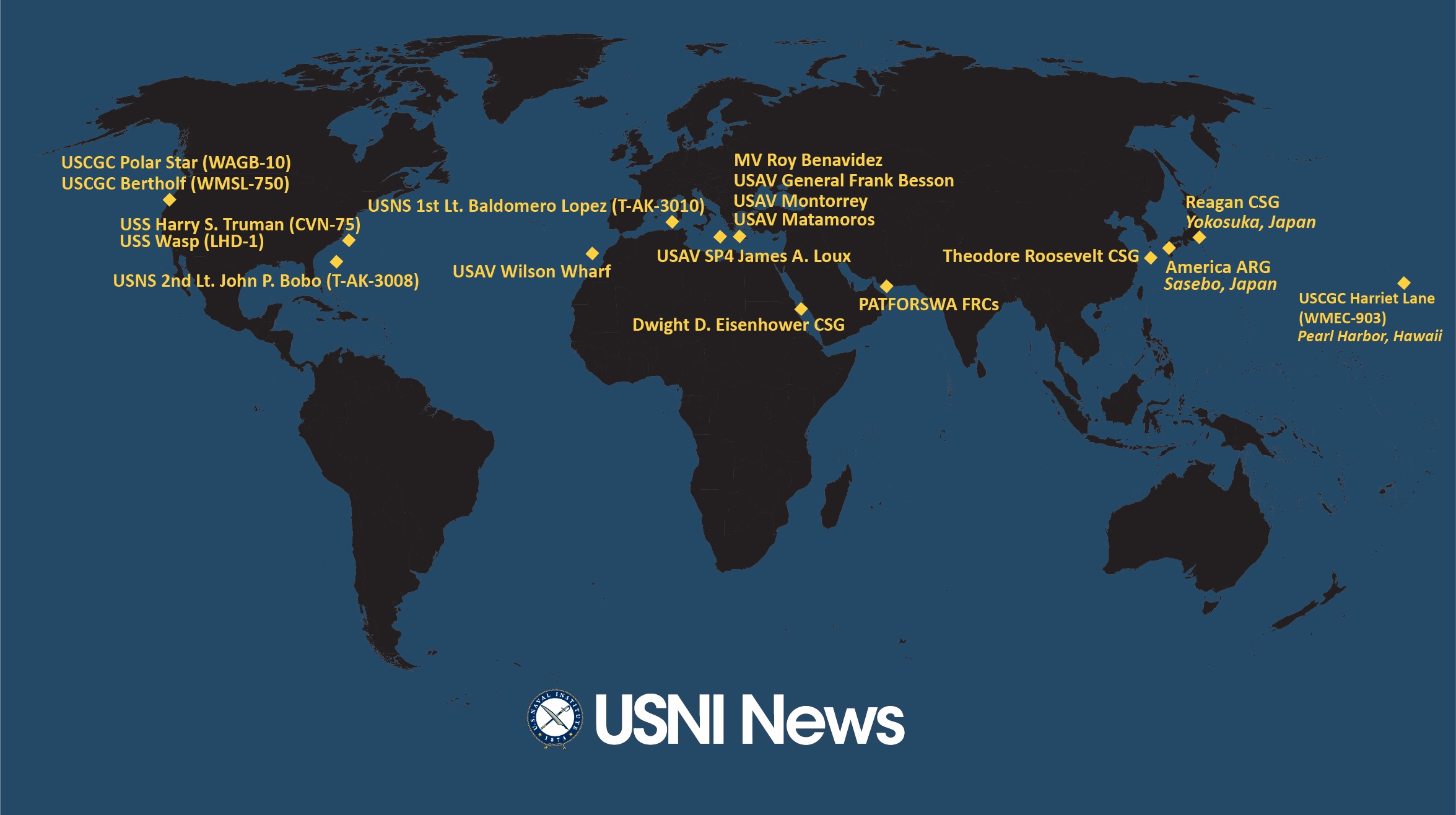The following is the Nov. 28, 2018 Congressional Research Service report, Iran Sanctions.
From the report
U.S. sanctions have had a substantial effect on Iran’s economy and on some major strategic decisions, but little or no effect on Iran’s regional malign activities. During 2012-2015, when the global community was relatively united in pressuring Iran, Iran’s economy shrank by 9% per year, crude oil exports fell from about 2.5 million barrels per day (mbd) to about 1.1 mbd, and Iran was unable to repatriate more than $120 billion in reserves held in banks abroad. The 2015 multilateral nuclear accord (Joint Comprehensive Plan of Action, or JCPOA) provided Iran broad relief from the international and U.S. secondary sanctions as the U.S. Administration waived relevant sanctions, revoked relevant executive orders (E.O.s), and corresponding U.N. and EU sanctions were lifted. Remaining in place were a general ban on U.S. trade with Iran and sanctions imposed on Iran’s support for regional governments and armed factions, its human rights abuses, its efforts to acquire missile and advanced conventional weapons capabilities, and the Islamic Revolutionary Guard Corps (IRGC). Some additional sanctions on these entities and activities were made mandatory by the Countering America’s Adversaries through Sanctions Act (CAATSA, P.L. 115-44), which also increases sanctions on Russia and North Korea.
Under U.N. Security Council Resolution 2231, nonbinding U.N. restrictions on Iran’s development of nuclear-capable ballistic missiles and a binding ban on its importation or exportation of arms remain in place for several years. However, Iran has continued to support regional armed factions and to develop ballistic missiles despite the U.N. restrictions, and did so even when strict international economic sanctions were in place during 2010-2015.
JCPOA sanctions relief enabled Iran to increase its oil exports to nearly pre-sanctions levels, regain access to foreign exchange reserve funds and reintegrate into the international financial system, achieve about 7% yearly economic growth, attract foreign investments in key sectors, and buy new passenger aircraft. The sanctions relief contributed to Iranian President Hassan Rouhani’s reelection in the May 19, 2017, vote. Yet, perceived economic grievances still sparked protests in December 2017-January 2018.
On May 8, 2018, President Trump announced that the United States would no longer participate in the JCPOA and that all U.S. secondary sanctions would be reimposed after a maximum “wind-down period” of 180 days (ending November 4, 2018). With that time period expired, all U.S. sanctions, including those on energy or banking transactions with Iran, are back into effect as of November 5, 2018.
The reimposition of U.S. sanctions has begun to harm Iran’s economy as major companies exit the Iranian economy rather than risk being penalized by the United States. Iran’s oil exports are decreasing and difficulties paying Iran for oil with hard currency are evident. The value of Iran’s currency has sharply declined and economic-based unrest has continued, although not to the point where the regime is threatened. But it remains uncertain how extensively Iran’s economy will be damaged, because the European Union and other countries are trying to keep the economic benefits of the JCPOA flowing to Iran in order to persuade Iran to remain in the JCPOA. And, on November 5, the Administration granted exceptions to eight countries that the Administration asserts significantly reduced oil imports from Iran. Exceptions were provided to China and India even though the two countries combined continued to import over 1 million barrels per day of Iranian crude oil in October, thwarting the Administration’s goal of reducing Iranian oil exports “as close to zero as possible.”





